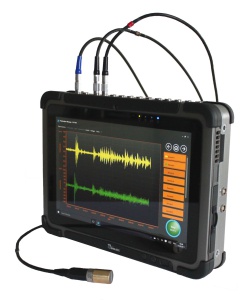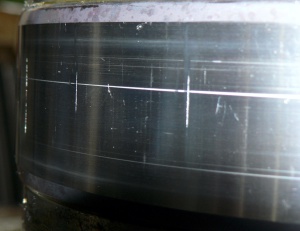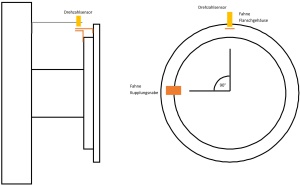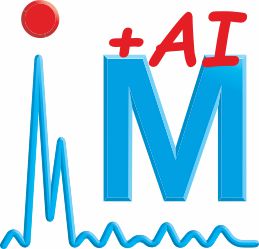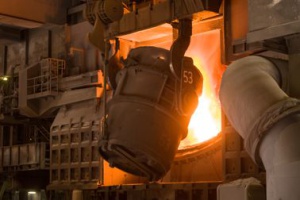-
Entry date 24.07.2025
Condition monitoring at HUSUM WIND 2025

-
Entry date 16.07.2025
Condition monitoring saves system operators a lot of money

-
Entry date 27.01.2025
Drum coupling monitoring - Automatic condition monitoring on cranes

-
Entry date 18.10.2024
Condition Monitoring and Artificial Intelligence

-
Entry date 15.12.2023
Condition monitoring at maintenance Dortmund on February 21st and 22nd, 2024

Torque Measurement
Shafts transmit torque. Sometimes it is necessary to examine these torques precisely. For example because:
- Drive elements are damaged again and again and the cause is unknown.
- Drive elements emit vibrations and noises, which can´t be explained plausibly.
- The product quality isn´t satisfactory.
- A drive produces a lot of heat.
The measurement and analysis of torque and especially the exact description of the dynamic components can provide unexpected findings. Such findings are required to understand the mechanical and the control engineering contexts. Then, the technical solution is often not far away.
The single steps of the Torque Measurement:
- gluing the strain gauges on a cleaned point on the shaft
- installing a telemetry sender, a battery and an antenna
- calibrating the measuring point
- data collection according to the defined task
- analysis of data, pictures of spectra and spectrograms, as required
- summarizing all measurement results in a report
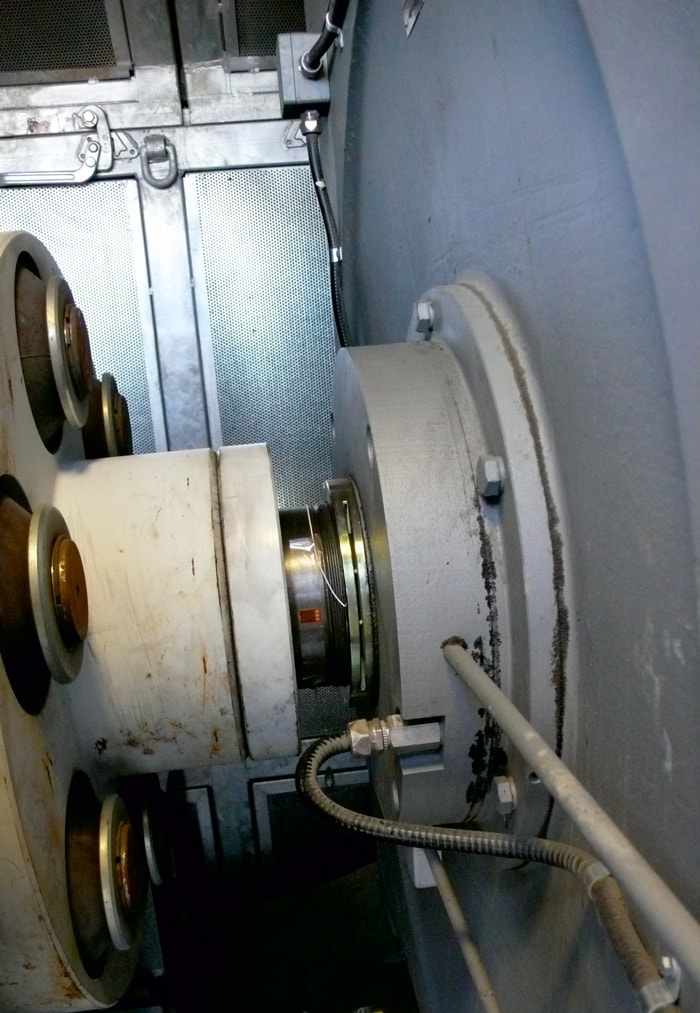 Strain gauges were invented in 1938 in Massachusetts, USA, by Arthur Claude Ruge. The physical principle is very simple. Each electrical conductor has a electrical resistor. This resistor depends on its material and temperature and especially on the geometric dimensions:
Strain gauges were invented in 1938 in Massachusetts, USA, by Arthur Claude Ruge. The physical principle is very simple. Each electrical conductor has a electrical resistor. This resistor depends on its material and temperature and especially on the geometric dimensions:
- With increasing length of the conductor, the electrical resistance increases.
- With increasing cross section of the conductor, the electrical resistance decreases.
As long as this is done in the elastic range, it also works in reverse.
Arthur Claude Ruge glued a thin resistance wire like a meander on a thin piece of paper. He fixed the paper on a flexible bending rod. He compared the change in resistance with the actual strain and registered a good match.
Today there is a very thin conductor on a support film, for example polyimide. The conductor is mostly made of constantan. This has a high thermal stability.
In the picture a strain gauges pair was applied on a transmission shaft.
